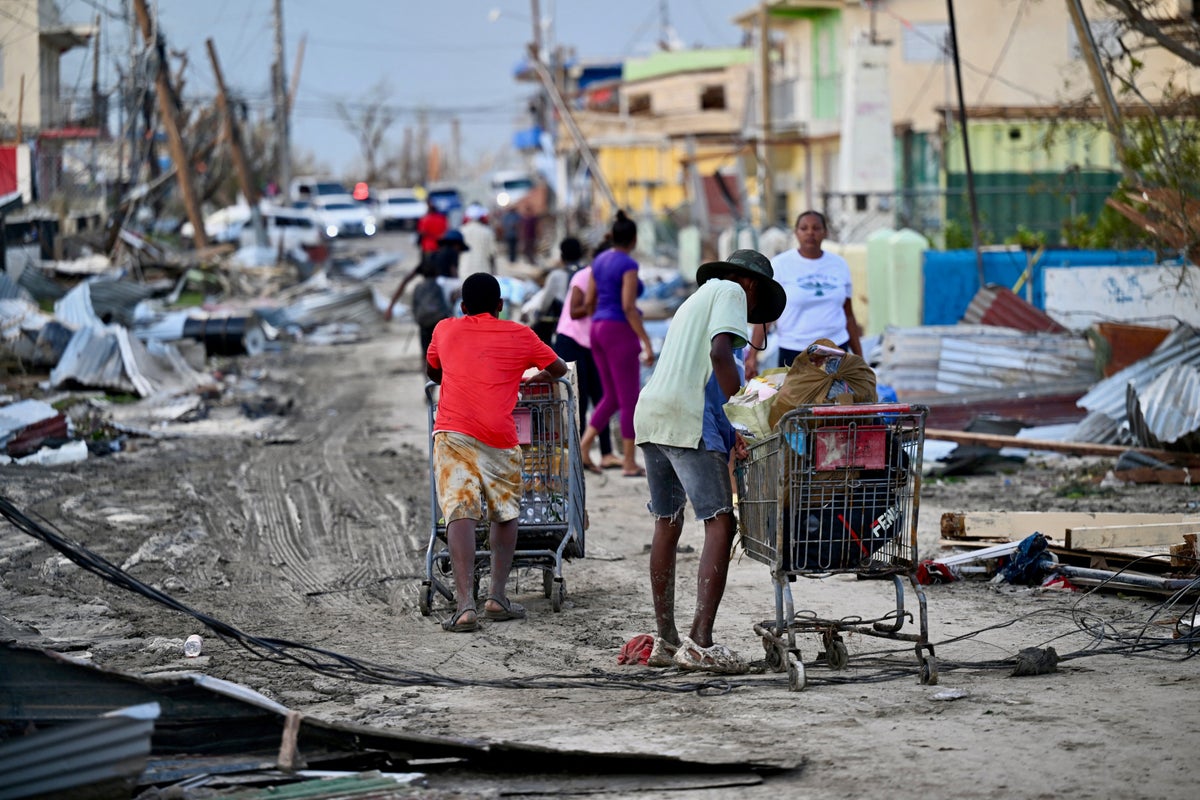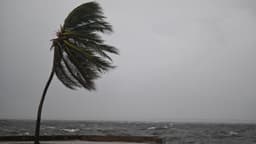Home / Weather / Supercharged Hurricanes Redefine Storm Severity: The Rise of Category 6
Supercharged Hurricanes Redefine Storm Severity: The Rise of Category 6
31 Oct
Summary
- Hurricanes now exceed Category 5, with 5 storms since 2013 reaching potential Category 6 levels
- Hurricane Melissa devastated Jamaica and Cuba, nearly reaching Category 6 status
- Experts say climate change is making hurricanes stronger, faster, and more life-threatening

As of October 31st, 2025, the impact of climate change on hurricane intensity has become undeniable. Storms like Hurricane Melissa, which recently battered Jamaica and Cuba, are pushing the limits of the existing Saffir-Simpson Hurricane Wind Scale, leading experts to consider the need for a new Category 6 classification.
Melissa, a Category 5 storm, came dangerously close to reaching the proposed threshold for a Category 6 hurricane, with maximum sustained winds of 185 miles per hour. Climatologist Dr. Michael Mann explains that five tropical cyclones since 2013 would have been deemed Category 6 if such a classification existed.
These supercharged storms are becoming the new normal, fueled by warming ocean temperatures that are a direct result of human-caused climate change. Meteorologist Daniel Gilford notes that the extra ocean warming increased Melissa's intensity by 10 miles per hour, pushing it to the upper limits of the current scale.
Experts now believe the Saffir-Simpson scale, which caps at Category 5, may no longer adequately reflect the growing threat posed by these increasingly powerful hurricanes. While some scientists are hesitant to add a new category, others argue that it is necessary to recognize the escalating risks and better prepare coastal communities for the devastating impacts of these storms.




